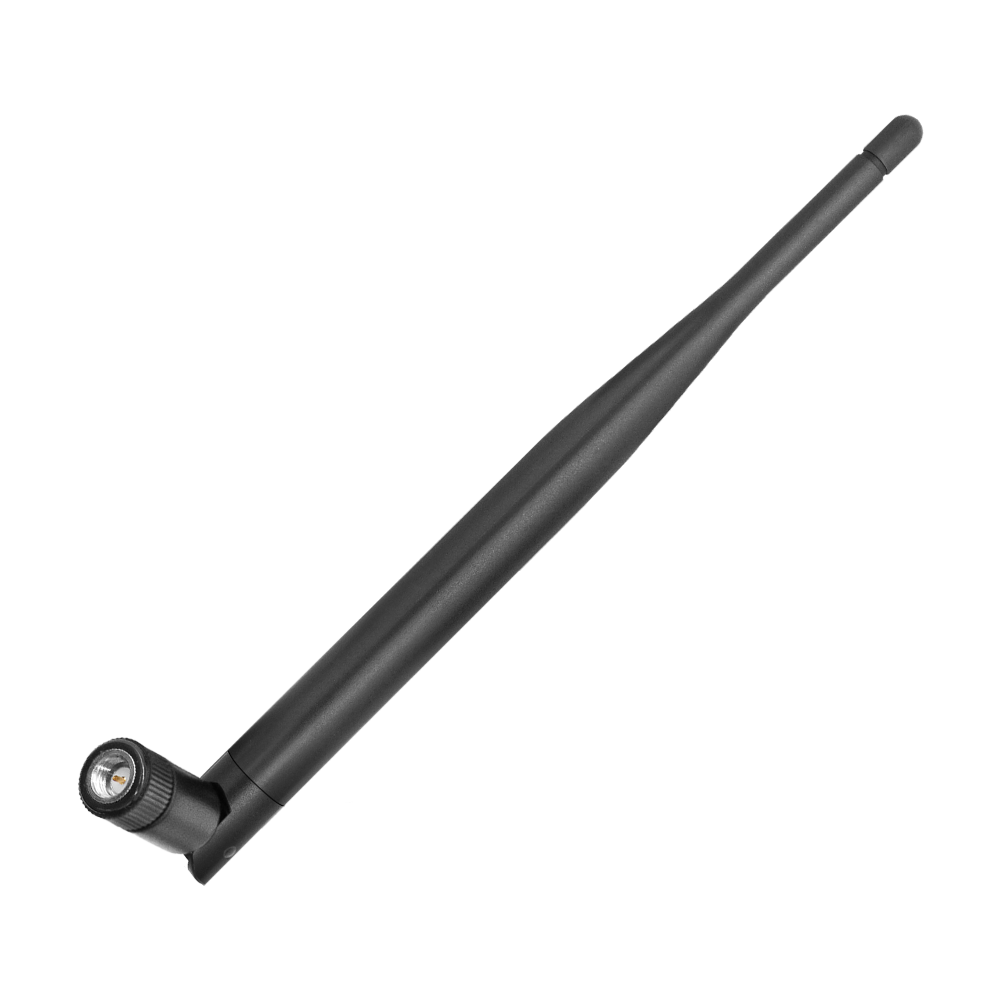The Basics of WiFi Antennas: Understanding Types and Functions
الجسم
What Are WiFi Antennas?
WiFi antennas are essential components that facilitate wireless communication by transmitting and receiving radio frequency signals. They play a crucial role in ensuring that your devices can connect to the internet seamlessly. Without these antennas, the performance of your wireless network would be significantly compromised.

Types of WiFi Antennas
There are several types of WiFi antennas, each designed for specific applications and environments. Understanding these types can help you choose the right antenna for your needs.
- Omnidirectional Antennas: These antennas radiate signals in all directions, making them ideal for general use in homes and offices.
- Directional Antennas: Unlike omnidirectional antennas, directional antennas focus their signal in a specific direction. They are perfect for long-range connections.
- Yagi Antennas: A type of directional antenna, Yagi antennas are known for their high gain and are often used for point-to-point connections.
- Panel Antennas: These antennas are flat and can be mounted on walls. They provide a focused signal and are commonly used in commercial settings.
Functions of WiFi Antennas
The primary function of WiFi antennas is to enhance the strength and quality of wireless signals. They achieve this through various mechanisms:
- Signal Transmission: WiFi antennas convert electrical signals into radio waves, allowing data to be transmitted wirelessly.
- Signal Reception: They also receive incoming radio waves and convert them back into electrical signals for your devices.
- Range Extension: By using the right type of antenna, you can significantly extend the range of your wireless network.
Choosing the Right WiFi Antenna
When selecting a WiFi antenna, consider the following factors:
- Coverage Area: Determine the size of the area you need to cover. Omnidirectional antennas are suitable for smaller spaces, while directional antennas are better for larger areas.
- Frequency Band: Ensure that the antenna supports the frequency band of your WiFi network, whether it’s 2.4 GHz or 5 GHz.
- Environment: Consider the physical environment where the antenna will be installed. For instance, outdoor antennas need to be weatherproof.
Conclusion
Understanding the basics of wifi antennas is essential for optimizing your wireless network. By selecting the appropriate type and function of antenna, you can enhance connectivity and performance. For more specialized options, consider exploring  , which offers a range of high-quality antennas tailored to various needs.
, which offers a range of high-quality antennas tailored to various needs.






تعليقات